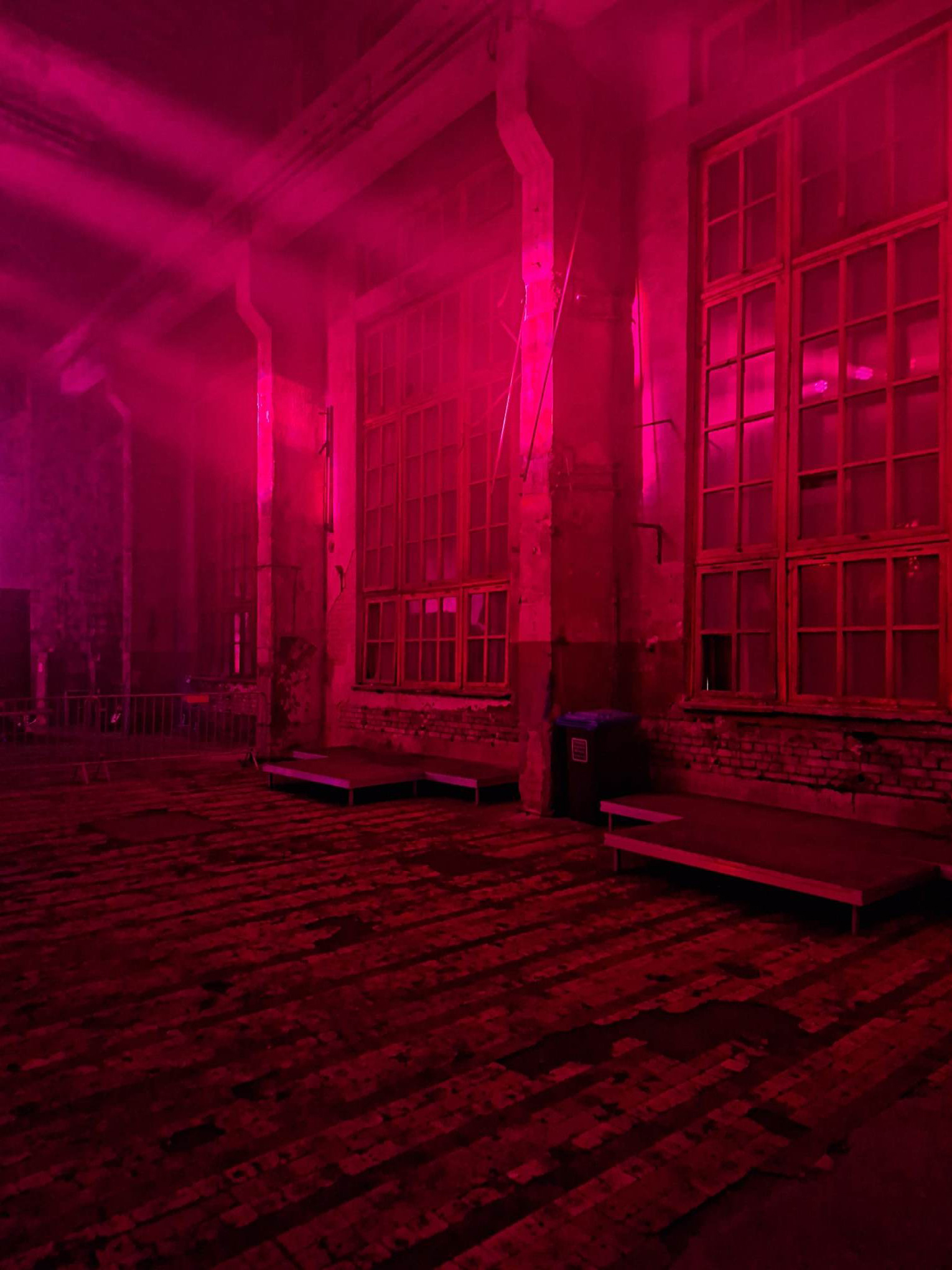
Nocturnal search for melancholy
Throughout the ages, starting with Antiquity, people have interpreted melancholy in various ways – from acedia and demon possession in the Middle Ages to the fashion of talented children of Saturn in the Renaissance. Today, melancholy lacks a unified definition and is often equated with depression, especially since the time of Sigmund Freud. Therefore, as a child of Saturn, and seeing the increasing cult of unending happiness in contemporary Western culture as a compulsion, I want to justify and legitimize melancholy to some extent.
“Our brains, in general, are not designed to feel good all the time” (Anders Hansen), so the ideas of “becoming happy” and “positive thinking” sold in various ways do not align with reality. If we were constantly in a state of happiness, that is, in our comfort zone, our brains would lose alertness, and as a result, as a species, we would not survive. The modern human brain fundamentally remains unchanged and still operates in the same way as our ancestors did – as hunters and gatherers. Therefore, the full spectrum of emotions is still necessary. For this reason, it is not correct to categorize emotions as “positive” and “negative” because each of them is linked to a specific aspect of our nature. For example, research has shown that a person experiencing sadness is much more focused and attentive to details than someone who is happy at that moment. Creativity is also associated with sadness, not happiness. By allowing ourselves to be fragile and open to various emotions, without eliminating the “negative” ones, we become more resilient to all of life’s events – we don’t fall from high to low. It is precisely melancholy, unfairly associated with destructive dark conditions, that is the inner safe space for slowing down, self-expansion, contemplation, longing, and healthy solitude. It serves as an intermediate state between emotional extremes, where we can experience “happyness in being sad” (Victor Hugo).
In architecture and public spaces design, the emotional experience spectrum is not only limited but also distorted because the design or renovation of objects is oriented solely toward optimism, leaving behind the human need for solitude and reflection. Joy and happiness are accepted as indicators of construction success. Therefore, as cities evolve and renew, natural marginal (abandoned, empty) spaces, which often serve as a buffer, have decreased, and they have the potential to be used as spaces for melancholy. I see these places as natural sources that allow us to recharge our internal melancholy reservoirs. There, we, the children of Saturn, find sweet solitude and escape. Karen Till’s idea that “urban wounds should sometimes remain open” is very relevant here.
The research object became the search for melancholy as an urban atmosphere – I went on nocturnal walks alone, capturing various manifestations of it and trying to identify what conditions are needed for it to occur. Melancholy appeared in various forms, which I began to record and describe while mapping the melancholy atlas. Sometimes it hid in abandoned spaces or buildings, illuminated by neon lights in post-industrial areas, appearing as a momentary grandeur of clouds in the sky, fade into the darkness of descending stairs, or resonating in nostalgic memories at a bar. Sometimes it was constant, and sometimes it opened up as a fragmented portal at a certain time and place. It was not just about the aesthetics of the environment, but often, it held a lot of memories – personal or collective. Some places acted like a “Proustian madeleine” – suddenly disconnecting and transporting me to the past, making me long for what was lost or what never happened. These spaces also teach empathy – being “imperfect” and “ugly,” they make us think about their potential and want to “fix” them. However, only by turning off this filter we can see and experience their true beauty and melancholize in it.


